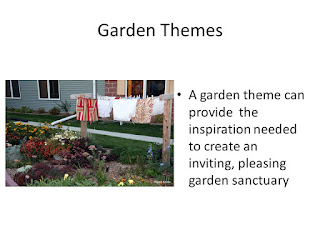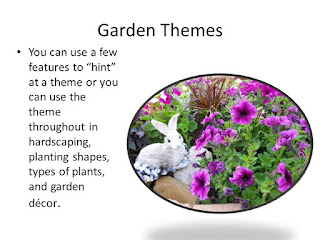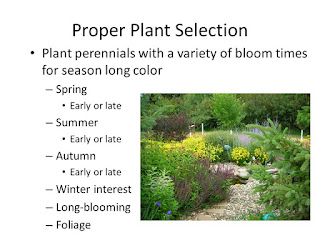 |
| Sliced frozen carrots - internet photo |
I prefer frozen carrots. It is easy, quick, and yields a good end product. To freeze carrots, choose nice, crisp carrots. Wash and trim any green off the shoulder of the carrots. Peel the carrots for the best end result. Small carrots can be frozen whole; larger ones should be cut into thin slices, small cubes, or small strips, depending on how you like to use them. Heat a large kettle of water to a rapid boil. Blanch small whole carrots by dropping them in the boiling water for 5 minutes. Slices, cubes or strips should be blanched for 2 minutes. Blanching stops the activity of enzymes that cause undesirable flavor, color, and texture changes in the vegetables. It also cleans the surface of the vegetables of any clinging soil or organisms and helps preserve the nutrients and delicious flavors of the vegetables.
 |
| Diced frozen carrots - internet photo |
Freezing allows you to preserve the carrots at their peak quality, and it preserves a great deal of the nutrients found in fresh carrots. The color of frozen carrots usually stays a nice, vibrant orange. A disadvantage is that freezing alters the cellular structure of the carrots and they may seem a bit tough or rubbery when they are thawed.
 |
| Canned carrots - internet photo |
To assure that you are using safe methods for canning your carrots, look to the instructions from the National Center for Home Food Preservation, the Ball Blue Book Guide to Home Canning latest edition, or your local university extension service. These are the resources that do food safety research and can steer you to the most up to date safe canning methods.
Carrots can be safely pickled using hot water bath processing. The vinegar used for the pickling process creates a high enough acidity to thwart the dreaded botulism spores and toxins. In order to be sure the vinegar to water concentration creates adequate acidity, you should always use research tested recipes even for pickled vegetables. As delicious as Grandma's pickled carrots were, they might not be as safe as what we know today we should be feeding our families. Here is a pickled carrot recipe from the National Center for Home Food Preservation, my "go-to" site for safe canning recipes.
Pickled Carrots
- 2¾ pounds peeled carrots (about 3½ pounds as purchased)
- 5½ cups white distilled vinegar (5%)
- 1 cup water
- 2 cups sugar
- 2 teaspoons canning salt
- 8 teaspoons mustard seed
- 4 teaspoons celery seed
Yield: About 4 pint jars
Procedure:
Wash and rinse pint canning jars; keep hot until read to use. Prepare lids and bands according to manufacturer's directions.Wash and peel carrots well. Wash again after peeling and cut into rounds that are approximately ½-inch thick.
Combine vinegar, water, sugar and canning salt in an 8-quart Dutch oven or stockpot. Bring to a boil and boil gently 3 minutes. Add carrots and bring back to a boil. Then reduce heat to a simmer and heat until the carrots are half-cooked (about 10 minutes).
Meanwhile, place 2 teaspoons mustard seed and 1 teaspoon celery seed in the bottom of each clean, hot pint jar.
Fill hot jars with the hot carrots, leaving 1-inch headspace. Cover with hot pickling liquid, leaving ½-inch headspace. Remove air bubbles and adjust headspace if needed. Wipe rims of jars with a dampened, clean paper towel; adjust two-piece metal canning lids.
Process pints in a boiling water canner, 15 minutes at altitudes up to 1000 feet; 20 minutes at altitudes of 1001 to 6000 feet, and 25 minutes at altitudes greater than 6000 feet. Let cool, undisturbed, 12 to 24 hours and check for seals.
Allow carrots to sit in processed jars for 3 to 5 days before consuming for best flavor development.
 |
| Dehydrated carrots - internet photo |
To dry carrots, you begin by preparing them as you do for freezing, right through the blanching process. Instead of chilling them until fully cooled after removing them from the blanch water, simply dip them quickly in cold water and then spread in a single layer on the drying tray. Follow the instructions for your dehydrator as far as temperature and time. When dehydrating any foods, it is important that all the moisture is out if you plan to shelf-store them. If you are going to store them in the freezer, a little moisture will not hurt.
Having a supply of preserved carrots on hand makes it so easy to put a delicious, nutritious meal on the table, even when fresh supplies are not readily available. If you grow your own carrots, it gives you the opportunity to extend the fruits of your labors throughout the year. I love going to my cold storage room, grabbing a couple jars of something, stopping by the deep-freeze to take out whatever I need from there, and then throwing it all together for a quick meal. It doesn't get any better than that!


















































